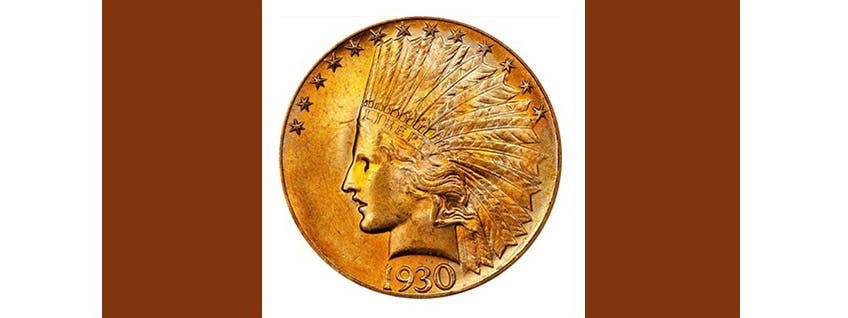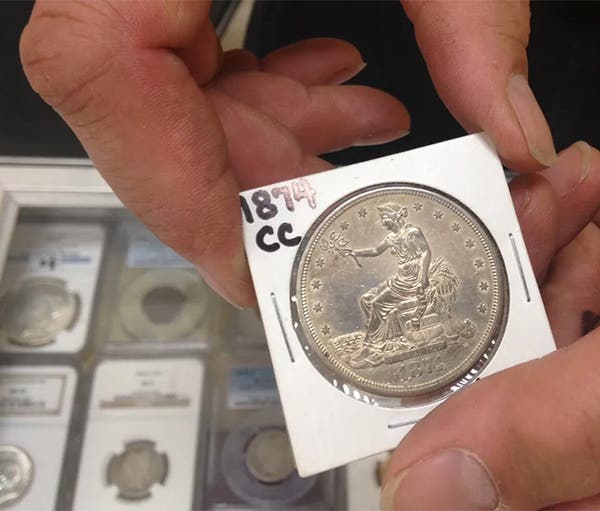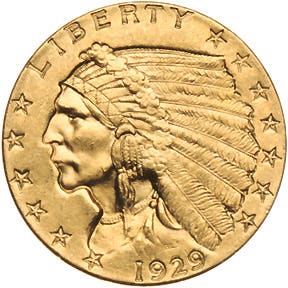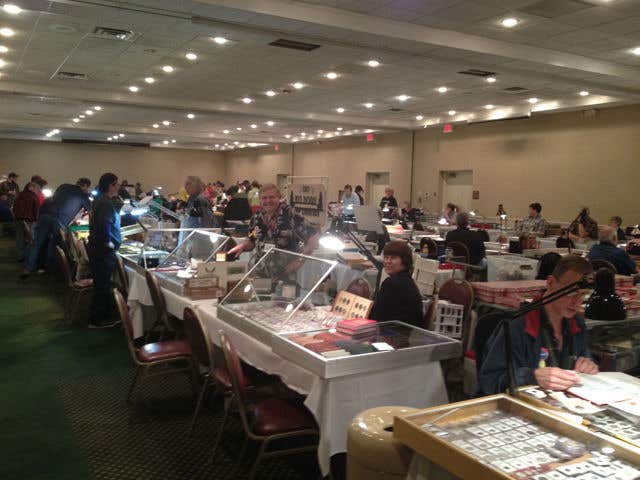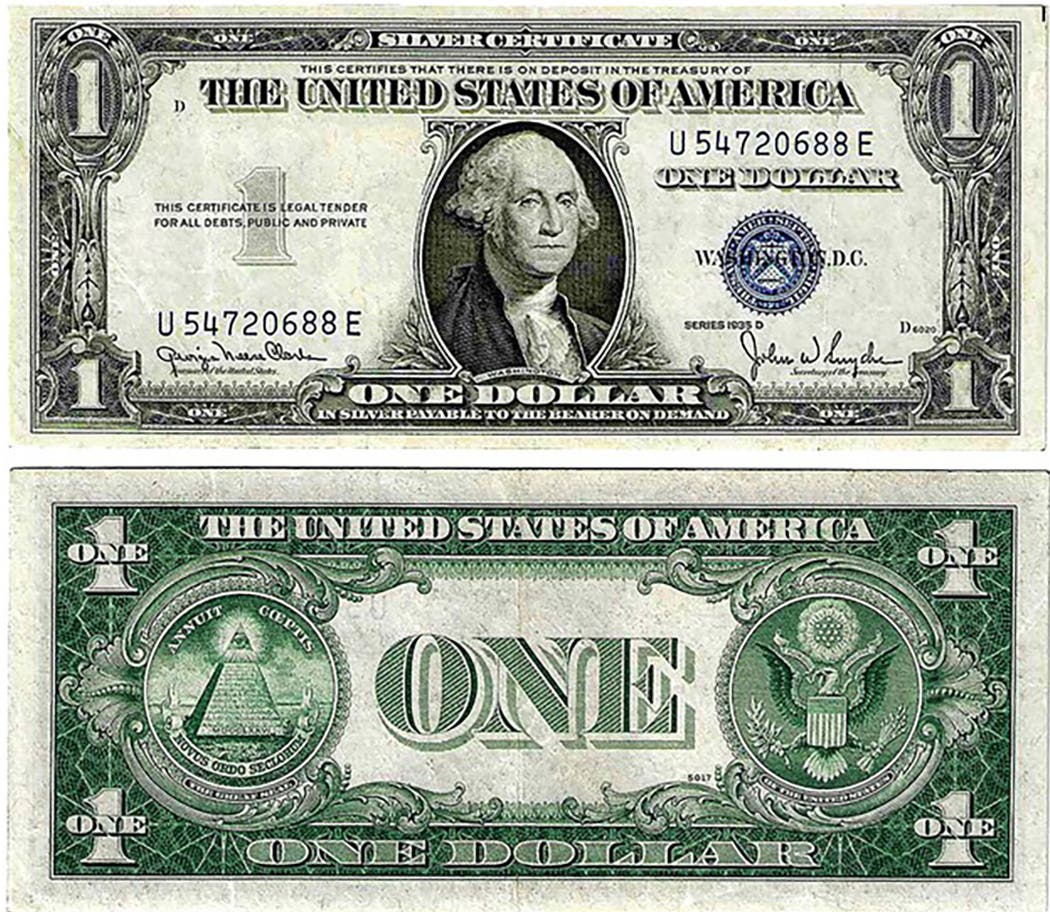The 1796 Dime
It has few peers in terms of historical importance, and for those who like tough coins, it also qualifies on that front as the 1796 is both historic and scarce….
It has few peers in terms of historical importance, and for those who like tough coins, it also qualifies on that front as the 1796 is both historic and scarce. The only real problem with the 1796 is that you have to find one being offered and then you have to be able to afford it which is sometimes easier said than done.
As evidenced by the date, the first dimes of the United States started late. In fact, there had been efforts in 1792 but there are only a few known 1792 dismes and their precise legal status can be debated. In theory, regular coin production started in 1793 but that production was limited. There were financial requirements Mint officials had to meet prior to the coinage of silver and gold and the officials did not have the money, so the law had to be changed, which takes time.
The other problem was that the United States had no real supply of silver or gold. It had to be purchased somewhere. Plus, because of the way things worked at the time, if you brought in the silver or gold you could decide what coins would be produced. In theory, lower denominations were needed, but in fact, the people who arrived at the door or shipped their gold or silver wanted upper, not lower denominations. As a result, there was silver dollar production in 1794 but no production of dimes.
The following year also passed without the mintage of a single dime. It was not just the dime as the first quarter did not appear until 1796, but dollars, half dollars and half dimes had all made their debut in circulation.
By the time anyone got around to producing dimes, it was 1796 and even at that late date, the production could not be considered as heavy, even by the standards of the day. The total mintage of the first 1796 dimes was 22,135. They were Draped Bust and Small Eagle Reverse dimes, which in the case of the 1796 could come with four or five berries.
In 1797, the same type of dime was produced with a mintage of 25,261, and after that the reverse was changed to the Heraldic Eagle type, making the 1796 and 1797 dimes the only years of their type with a combined mintage of fewer than 50,000 pieces.
Historically speaking, except for Mercury and perhaps the more recent Roosevelt dimes, there have not been large numbers of collectors interested in dimes. Many collectors, at least until the 1960s, opted for lower denominations due to budget concerns. The dime was about as high as they could go while in more recent times the focus has frequently been on upper denominations.
Historically speaking, the first dimes have had a limited demand, which is perhaps the only reason they are as inexpensive as they are today. After all, these are very low-mintage coins. In the case of the 1796, you can add a special consideration for its historical importance. On top of that, they were subject to melting over the years as the silver content would change slightly over time. But, when the coins were too valuable in terms of their silver, they had a habit of disappearing from circulation. Under the circumstances, the survival rate for even the first dimes would not likely be very good.
Today, a G-4 1796 dime lists for $2,400 while an MS-60 is $22,000. It might be possible to find one slightly better than the MS-60, but for most MS-60 is about as nice as you will ever see in a 1796 dime.
Several important auctions with extensive dime listings will most likely not have a single 1796. A few might have been saved since they were the first dimes, but the nation had a severe coin shortage. The bulk of the coins in circulation in some areas were almost certainly from other countries and things like dimes were needed for commerce. Once released, a 1796 dime was likely to get a good deal of use and as a result, the few that are seen are frequently in lower circulated grades.
To some, the $2,400 G-4 price or the upper-grade prices might seem like a good deal of money, but consider what people are paying for Full Split Band Mercury dimes. There is nothing wrong with Full Split Bands or any number of other issues, but consider the mintage and the history of a 1796 and you realize it is a very solid purchase both in scarcity and in history.


